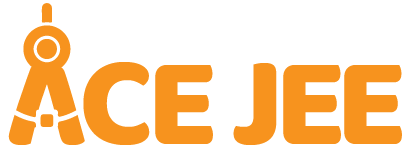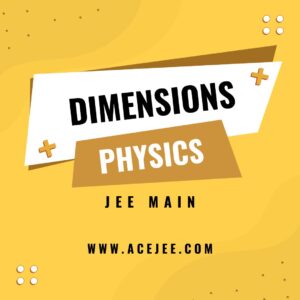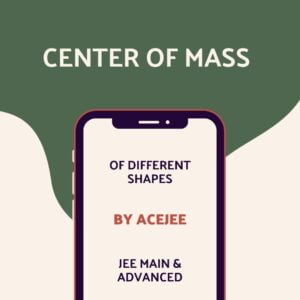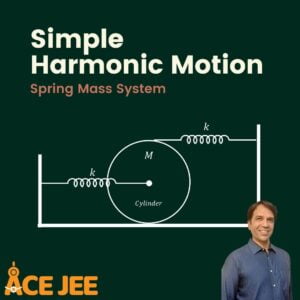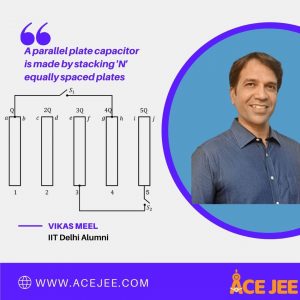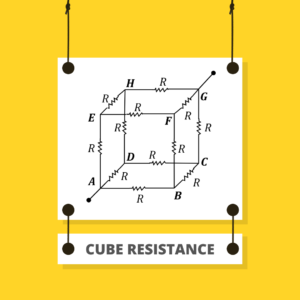JEE Main & Advanced | Physics Online Classes
with Vikas Sir (IIT Delhi & Purdue Univ, USA)
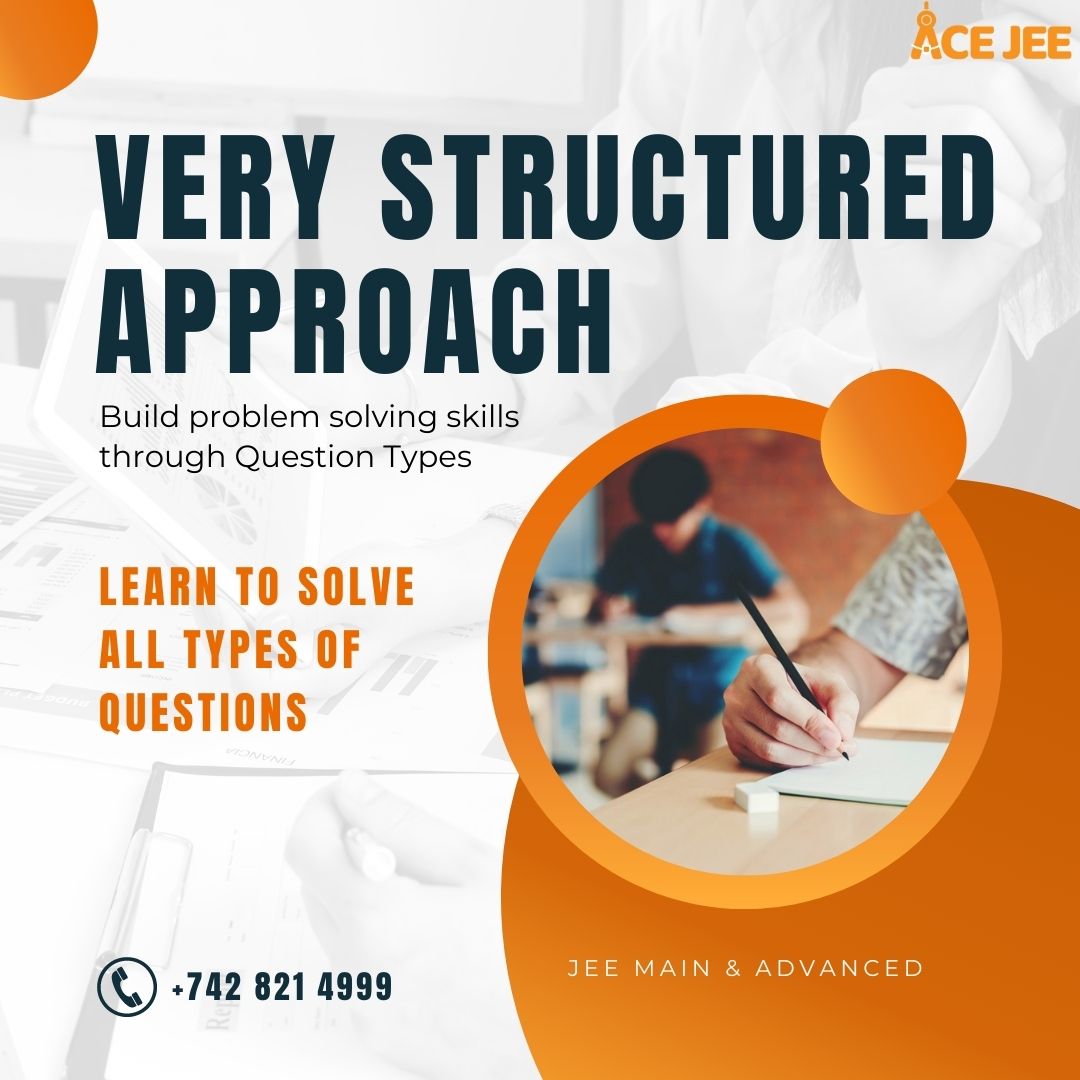


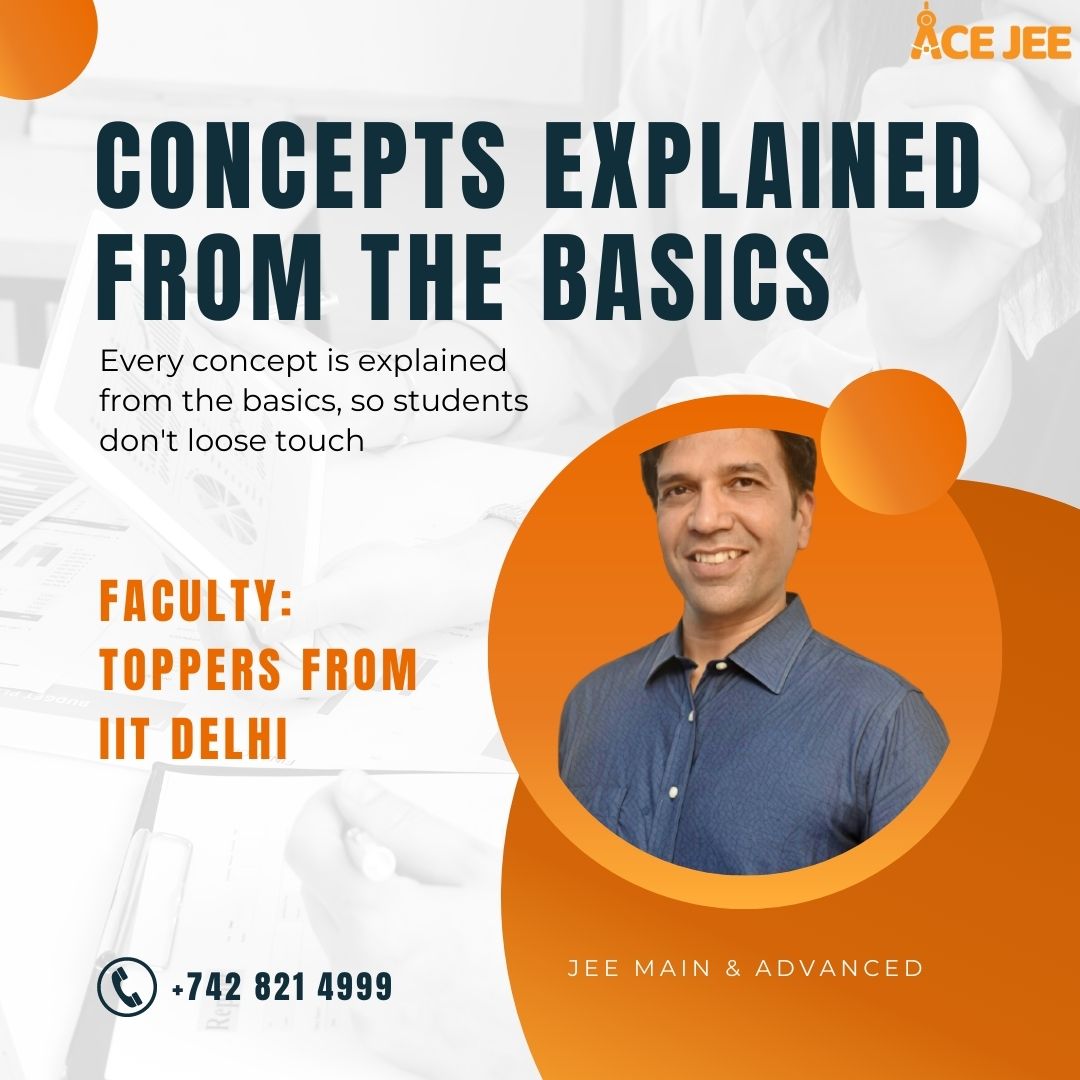
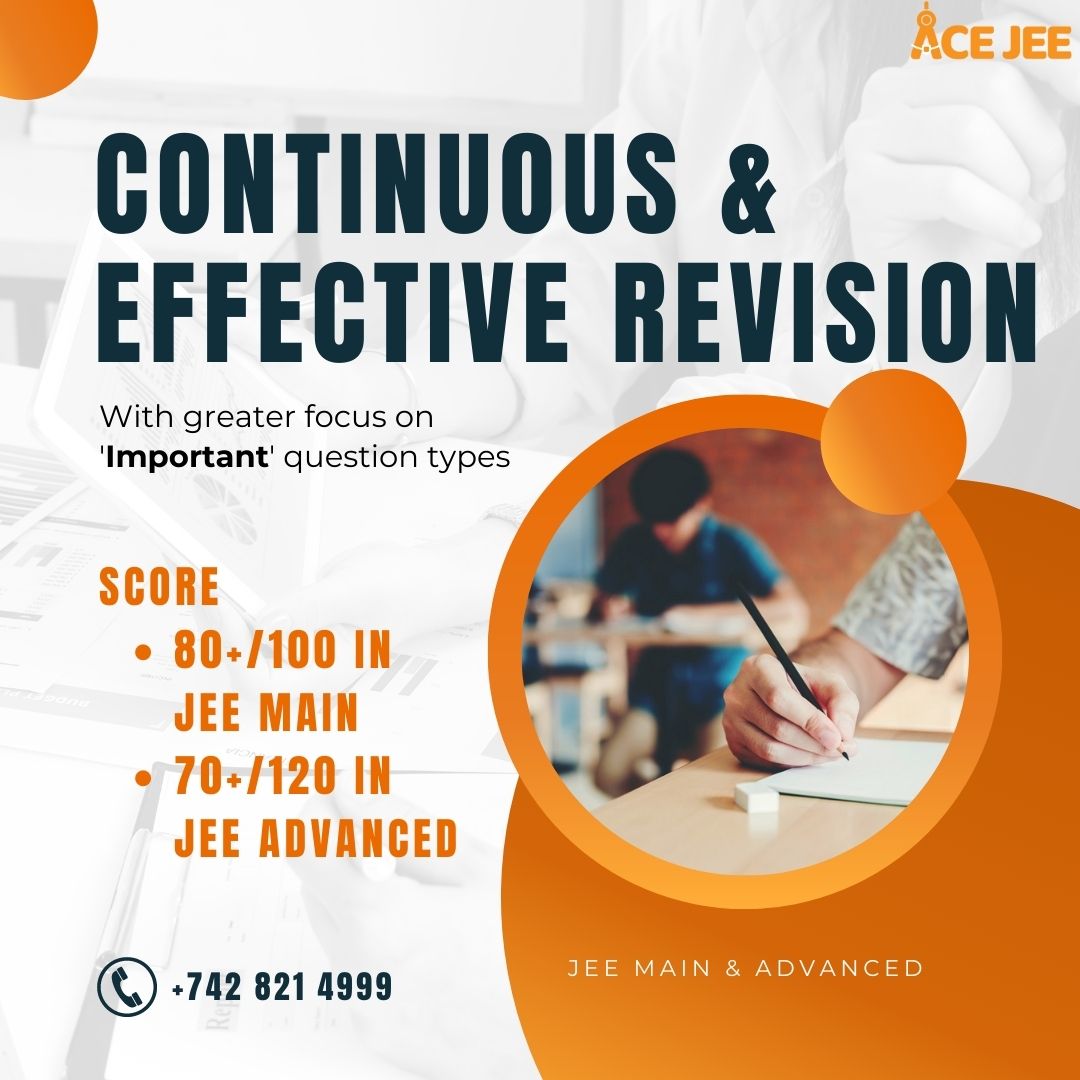

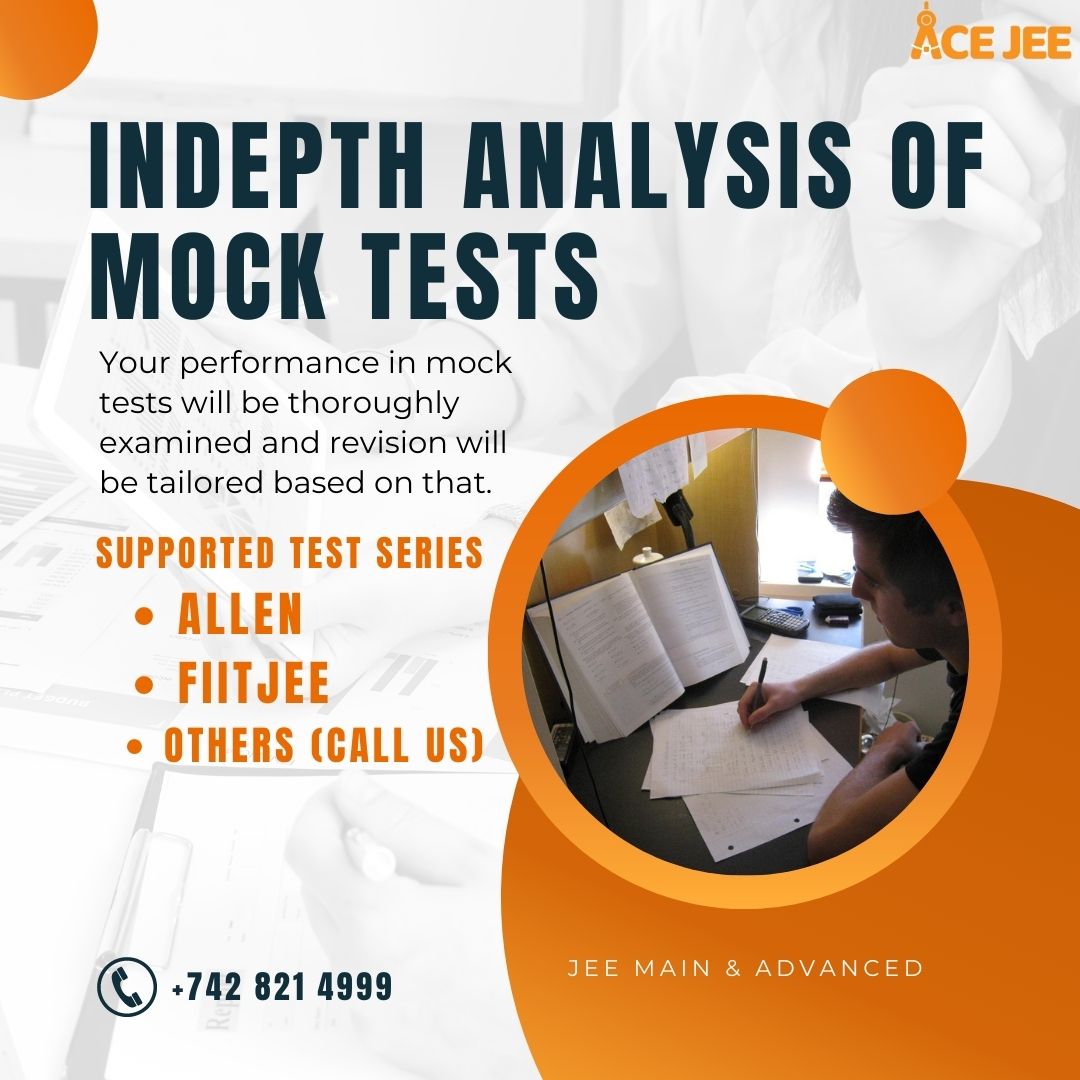
Let’s explore the JEE Advanced and JEE Main physics online classes with Vikas Sir (BTech – IIT Delhi & MS-Purdue University) – with 100% of his students scoring a rank in JEE Advanced 2023. In these personalized classes, your son/daughter will get to rapidly develop, understanding of concepts and problem solving skills and significantly improve their performance in JEE Main and Advanced exams
What Our Parents / Students Say About Us
 Alok Kumar2023-11-28Very effective approach for guiding students; well prepared 'study material',very relevant to JEE pattern and methodology adopted by mentor, aims for scoring high marks.
Alok Kumar2023-11-28Very effective approach for guiding students; well prepared 'study material',very relevant to JEE pattern and methodology adopted by mentor, aims for scoring high marks. Anju S.2023-10-19We highly recommend Vikas sir as a wonderful teacher, through the experience of my daughter who has been learning from him for the past few months. Firstly, Vikas sir has a deep knowledge of physics, which helps kids understand better. He is very patient and kind, always adapting to the child's pace. He makes learning easier with practical examples, and most importantly, he's a genuinely nice person who the child feels comfortable learning from.
Anju S.2023-10-19We highly recommend Vikas sir as a wonderful teacher, through the experience of my daughter who has been learning from him for the past few months. Firstly, Vikas sir has a deep knowledge of physics, which helps kids understand better. He is very patient and kind, always adapting to the child's pace. He makes learning easier with practical examples, and most importantly, he's a genuinely nice person who the child feels comfortable learning from. lalit joshi2023-06-29Vikas sir is a great teacher and mentor. He pays equal attention to every student in the class and clears doubts efficiently. His approach towards explaining the smallest detail in a concept is really commendable.
lalit joshi2023-06-29Vikas sir is a great teacher and mentor. He pays equal attention to every student in the class and clears doubts efficiently. His approach towards explaining the smallest detail in a concept is really commendable. ruchika mittal2023-06-29My daughter has gained a lot from passion and experience of Vikas sir. I would recommend Ace academy to anyone looking to Crack JEE.
ruchika mittal2023-06-29My daughter has gained a lot from passion and experience of Vikas sir. I would recommend Ace academy to anyone looking to Crack JEE. Sunil Bhat2023-06-29Ace Jee is a very nice institute were your child can study well in a destressed environment. Vikas Sir at Ace is a very good human being.
Sunil Bhat2023-06-29Ace Jee is a very nice institute were your child can study well in a destressed environment. Vikas Sir at Ace is a very good human being. aarti garg2023-04-27Vikas sir is one of the finest teacher . Apart from the great knowledge of the subject his approach and personal attention during the preparation for JEE matters a lot . My son is studying in IIT right now and a major credit for the same goes to Vikas Sir. Thanks Vikas Sir
aarti garg2023-04-27Vikas sir is one of the finest teacher . Apart from the great knowledge of the subject his approach and personal attention during the preparation for JEE matters a lot . My son is studying in IIT right now and a major credit for the same goes to Vikas Sir. Thanks Vikas Sir taranjeet singh2023-04-24Vikas ji is one of finest teacher which I could have found for my son. The platform gives immense opportunity to child to improve his concepts, and slowly move from simple to hard questions while covering each of important topics in detail. The inputs to approach JEE are given via through analysis and are extremely useful.
taranjeet singh2023-04-24Vikas ji is one of finest teacher which I could have found for my son. The platform gives immense opportunity to child to improve his concepts, and slowly move from simple to hard questions while covering each of important topics in detail. The inputs to approach JEE are given via through analysis and are extremely useful. Radhika C S2022-11-24Vikas sir is an excellent teacher. He explains the concepts very well and promptly clears any doubts. The material is good as it enables the student to focus only on the key concepts for the exam. His endeavor to make these lessons affordable is highly appreciated.
Radhika C S2022-11-24Vikas sir is an excellent teacher. He explains the concepts very well and promptly clears any doubts. The material is good as it enables the student to focus only on the key concepts for the exam. His endeavor to make these lessons affordable is highly appreciated. Abhishek Suresh2022-03-12Vikas sir cleared my most of the doubt in Physics prior to 1month before my JEE Advanced exam which was very helpful to boost my mark and cracked JEE Advanced 2021 and now studying at IIT Ropar , Electrical engineering dept.Thanks AceJEE
Abhishek Suresh2022-03-12Vikas sir cleared my most of the doubt in Physics prior to 1month before my JEE Advanced exam which was very helpful to boost my mark and cracked JEE Advanced 2021 and now studying at IIT Ropar , Electrical engineering dept.Thanks AceJEE
Student's Goal / Our Recommendations
Click on the goal / scenario that best resonates with your ward’s to understand our methodology. Remember that we ‘excel’ at helping students in the last 1 year of their preparation. If you have any specific queries, call us at 742-821-4999
If students’ goal is to
- score 220+ out of 300 in JEE Main, which will get them in top 5000 rank or 99.5 percentile, and
- score 210+ marks out of 360 in JEE Advanced, which will get them in top 1000 rank,
But they are struggling to hit more than 200/300 in JEE Main Level mock tests and more than 50% in JEE Advanced level mock tests conducted by their coaching institutes (FIITJEE, Akash, Narayana etc.). And if they are worried about the Conceptual Gaps / Doubts, Errors in the Exam, Revision and Structuring the Preparation (as we get closer to the exam date)…
Then you need a personal coach to help you elevate your preparation as we head closer to the exam. You should target 80 to 100 marks in physics in JEE Main and top 1000 rank in JEE Advanced, because you can get there. So, reach out to Vikas Sir to understand his unqiue methodology to help prepare such higher performing students.
If student’s goal is to
- score 98+ percentile in JEE Main, for which they will need to score 170+ out of 300, and
- score among top 10,000 rank in JEE Advanced for which they will need to score 120+ marks out of 360 in JEE Advanced,
Then typically class 11th has gone ok for such students, though they might be uncomfortable with a few chapters from 11th. And they might find themselves struggling with chapters like Electrostatics, Induction etc. in class 12th. And they might be scoring between 30-50% marks in Physics in JEE Main Level Mock Tests conducted by their coaching institutes…
Such students should target 80+/100 in physics in JEE Main 2024 Jan attempt (which is quite doable) to reduce pressure on chemistry and maths and maximizing their chances of hitting their goal. Recommend that you start with Vikas Sir’s question type approach as early as you can.
If Class 11th has not gone so well and student is low in confidence on class 12th topics. And is scoring less than 30% marks in JEE Main mock tests, but, would like to do well in JEE Main (96 to 98+ percentile) to get a good NIT…
We recommend laser focus on Important Question Types, which would make it quite comfortable to hit a target of 60-70 marks in Physics. And depending on your foundation, at times these students can accelerate significantly. But start as early as you can.
If the student is not comfortable with his/her preparation for upcoming JEE exam but would like to get into a good engineering college without having to take a drop…
We recommend focusing entirely on the important question types. You can still get 50+ marks in physics which will reduce the burden on chemistry and maths and get you fairly close to 90 percentile – proven method.

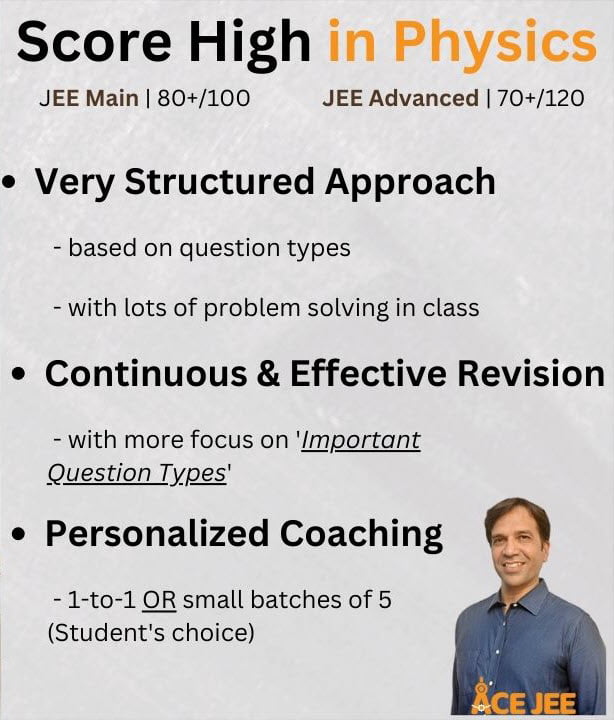

Self Assessment
Do take a simple self assessment to understand where you stand with your preparation for JEE Main and Advanced 2024. This will help us to provide you better guidance / recommendation when you call us.
- Quick Self Assessment | Physics | JEE Main 2024
- Thorough self assessment by chapter for JEE Advanced will be launched soon
Important Question Types for JEE Main
How does a student score 80+ marks out of 100 in JEE Main physics paper, which would allow them to reach 160+ marks out of 300 or 98+ percentile in JEE Main 2024. We cannot stress enough that you should study smart to score high. Listen to the advice from Vikas Sir and do read through the blog on important questions to know more. Note that in the recent years, only 20% of the question types account for 80+ marks in physics
Note: These important question types will be covered with Vikas Sir multiple times to make sure that students are fully ready for the JEE Main exam
What Our Parents / Students Say About Us
 Alok Kumar2023-11-28Very effective approach for guiding students; well prepared 'study material',very relevant to JEE pattern and methodology adopted by mentor, aims for scoring high marks.
Alok Kumar2023-11-28Very effective approach for guiding students; well prepared 'study material',very relevant to JEE pattern and methodology adopted by mentor, aims for scoring high marks. Anju S.2023-10-19We highly recommend Vikas sir as a wonderful teacher, through the experience of my daughter who has been learning from him for the past few months. Firstly, Vikas sir has a deep knowledge of physics, which helps kids understand better. He is very patient and kind, always adapting to the child's pace. He makes learning easier with practical examples, and most importantly, he's a genuinely nice person who the child feels comfortable learning from.
Anju S.2023-10-19We highly recommend Vikas sir as a wonderful teacher, through the experience of my daughter who has been learning from him for the past few months. Firstly, Vikas sir has a deep knowledge of physics, which helps kids understand better. He is very patient and kind, always adapting to the child's pace. He makes learning easier with practical examples, and most importantly, he's a genuinely nice person who the child feels comfortable learning from. lalit joshi2023-06-29Vikas sir is a great teacher and mentor. He pays equal attention to every student in the class and clears doubts efficiently. His approach towards explaining the smallest detail in a concept is really commendable.
lalit joshi2023-06-29Vikas sir is a great teacher and mentor. He pays equal attention to every student in the class and clears doubts efficiently. His approach towards explaining the smallest detail in a concept is really commendable. ruchika mittal2023-06-29My daughter has gained a lot from passion and experience of Vikas sir. I would recommend Ace academy to anyone looking to Crack JEE.
ruchika mittal2023-06-29My daughter has gained a lot from passion and experience of Vikas sir. I would recommend Ace academy to anyone looking to Crack JEE. Sunil Bhat2023-06-29Ace Jee is a very nice institute were your child can study well in a destressed environment. Vikas Sir at Ace is a very good human being.
Sunil Bhat2023-06-29Ace Jee is a very nice institute were your child can study well in a destressed environment. Vikas Sir at Ace is a very good human being. aarti garg2023-04-27Vikas sir is one of the finest teacher . Apart from the great knowledge of the subject his approach and personal attention during the preparation for JEE matters a lot . My son is studying in IIT right now and a major credit for the same goes to Vikas Sir. Thanks Vikas Sir
aarti garg2023-04-27Vikas sir is one of the finest teacher . Apart from the great knowledge of the subject his approach and personal attention during the preparation for JEE matters a lot . My son is studying in IIT right now and a major credit for the same goes to Vikas Sir. Thanks Vikas Sir taranjeet singh2023-04-24Vikas ji is one of finest teacher which I could have found for my son. The platform gives immense opportunity to child to improve his concepts, and slowly move from simple to hard questions while covering each of important topics in detail. The inputs to approach JEE are given via through analysis and are extremely useful.
taranjeet singh2023-04-24Vikas ji is one of finest teacher which I could have found for my son. The platform gives immense opportunity to child to improve his concepts, and slowly move from simple to hard questions while covering each of important topics in detail. The inputs to approach JEE are given via through analysis and are extremely useful. Radhika C S2022-11-24Vikas sir is an excellent teacher. He explains the concepts very well and promptly clears any doubts. The material is good as it enables the student to focus only on the key concepts for the exam. His endeavor to make these lessons affordable is highly appreciated.
Radhika C S2022-11-24Vikas sir is an excellent teacher. He explains the concepts very well and promptly clears any doubts. The material is good as it enables the student to focus only on the key concepts for the exam. His endeavor to make these lessons affordable is highly appreciated. Abhishek Suresh2022-03-12Vikas sir cleared my most of the doubt in Physics prior to 1month before my JEE Advanced exam which was very helpful to boost my mark and cracked JEE Advanced 2021 and now studying at IIT Ropar , Electrical engineering dept.Thanks AceJEE
Abhishek Suresh2022-03-12Vikas sir cleared my most of the doubt in Physics prior to 1month before my JEE Advanced exam which was very helpful to boost my mark and cracked JEE Advanced 2021 and now studying at IIT Ropar , Electrical engineering dept.Thanks AceJEE
Brief about our founder (Vikas Sir)

- IIT Delhi (BTech in Mechanical Engineering)
- Purdue University, USA (MS)
- 23 years of experience (17yrs in Senior Mgmt roles in Automotive industry and 6+ years in coaching JEE Main and JEE Advanced aspirants)
- Founder and Master Physics Instructor at AceJEE
Don’t miss out on the opportunity of daily practice and excellent coaching and guidance from Vikas Sir.
Overview of Our Physics Online Classes
- In-depth review of theory and concepts
- 100% coverage of all different types of questions asked in JEE Main and JEE Advanced
- 2000 questions will be practiced during class (over 18 months)
- Besides our practice sheets, students will cover HC Verma questions, previous years JEE Main and JEE Advanced questions and NTA Abhyas (JEE Main) questions
- Weekly mock tests followed by a thorough review of mistakes
- Continuous revision of previous chapters
- Small batch sizes (maximum of 10 students) – Very interactive classes (Endless doubt clearing sessions)
- Progress of each student tracked individually
- Monthly fees which means that you are not financially burdened upfront
Overview of JEE Main and JEE Advanced Exams
So let’s begin with a quick overview of the JEE Main and JEE Advanced exams
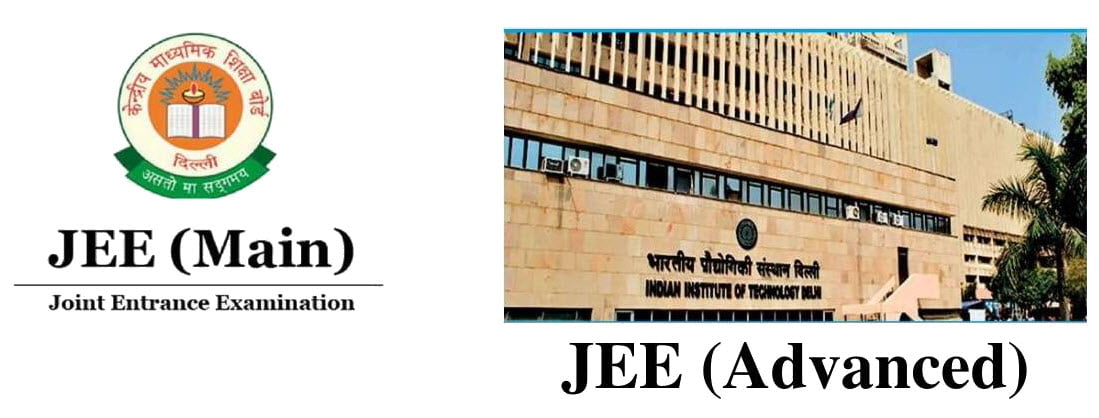
JEE Main (Paper I) is entrance exam (1 paper, 3 hrs, 300 marks, 75 questions) for admission to undergraduate engineering programs at NITs, IIITs, CFTIs and other prestigious institutions. And it also serves as the qualifier for JEE Advanced (also known as IIT JEE). [Cut Off for eligibility for JEE Advanced exam is around 90 percentile]
JEE Advanced on the other hand, is conducted by one of the 23 IITs every year (2 papers, 3 hrs each, total of 362 marks, 54 questions in each paper) for admission to prestigious IITs [IITs publish about 25000 ranks, but if you want to be at IIT Delhi, IIT Mumbai, IIT Kanpur, IIT Chennai or IIT Kharagpur with engineering branch of your choice then you might want to target top 1000 ranks]
In any of these exams, physics, chemistry, and mathematics carry equal marks, though physics is seen by most students as the more difficult topic to master or champion. And it has been observed that students who develop a good comfort with physics do tend to do well in all 3 subjects.
So, before we dive into, how our classes with smaller batch sizes are designed to ensure that your ward reach their maximum potential, let’s take a quick look at the physics syllabus. You can read more about it, here in one of our blogs
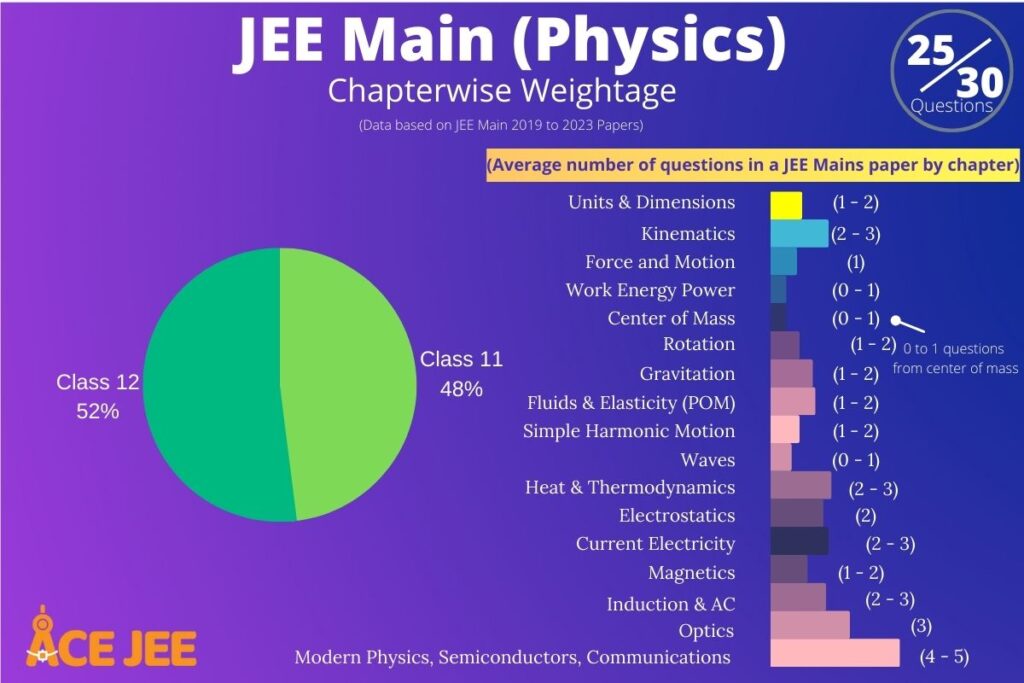
In case of JEE Main, I would strongly recommend that you go by Important Question Types, rather than by chapter, because even if a chapter is difficult, for example, rotation, questions asked in JEE Main from that chapter are fairly simple and concentrate mainly on moment of inertia and mechanical energy of a body in pure rolling, which everyone can easily champion
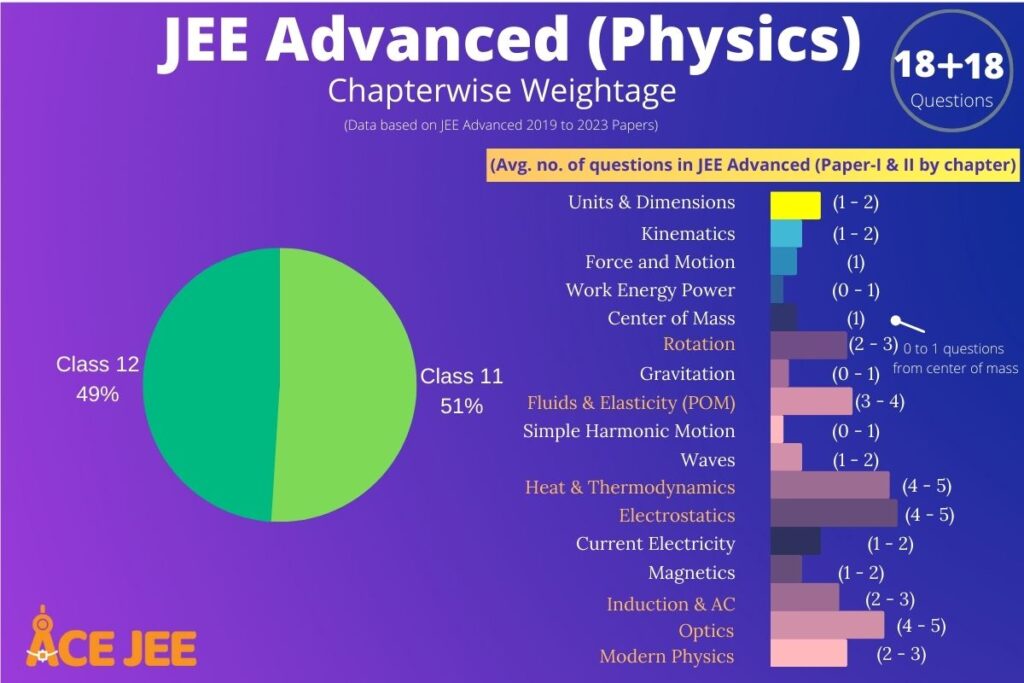
Focus more on the following 7 chapters, they account for nearly 83 marks out of 120
- Rotation
- Fluids and Elasticity
- Heat and Themodynamics
- Electrostatics
- Induction and AC
- Optics
- Modern Physics
Brief about our founder (Vikas Sir)

- IIT Delhi (BTech in Mechanical Engineering)
- Purdue University, USA (MS)
- 23 years of experience (17yrs in Senior Mgmt roles in Automotive industry and 6+ years in coaching JEE Main and JEE Advanced aspirants)
- Founder and Master Physics Instructor at AceJEE
Don’t miss out on the opportunity of daily practice and excellent coaching and guidance from Vikas Sir.
Here is a quick insight into the fundamental approach being followed by me which has driven great success for students in JEE Main and JEE Advanced. Hope you will make the most of it as well.
Blogs by Vikas Sir
Click here to access more than 50 helpful blogs
